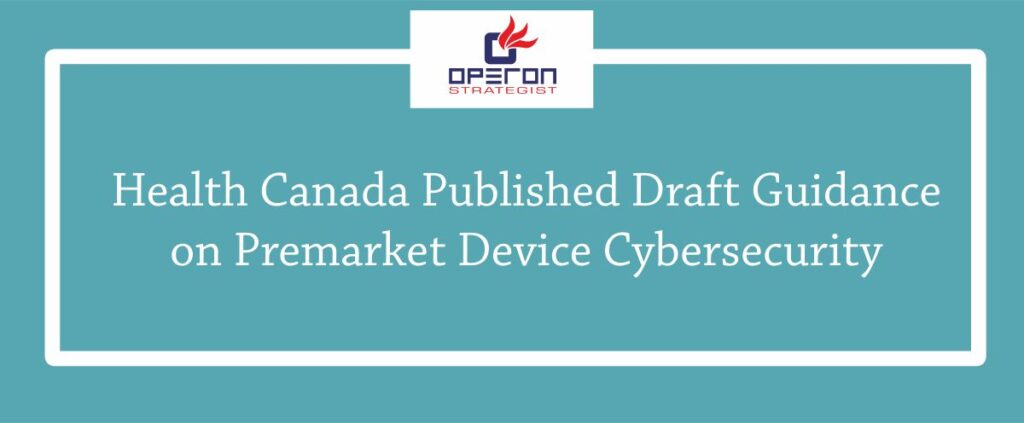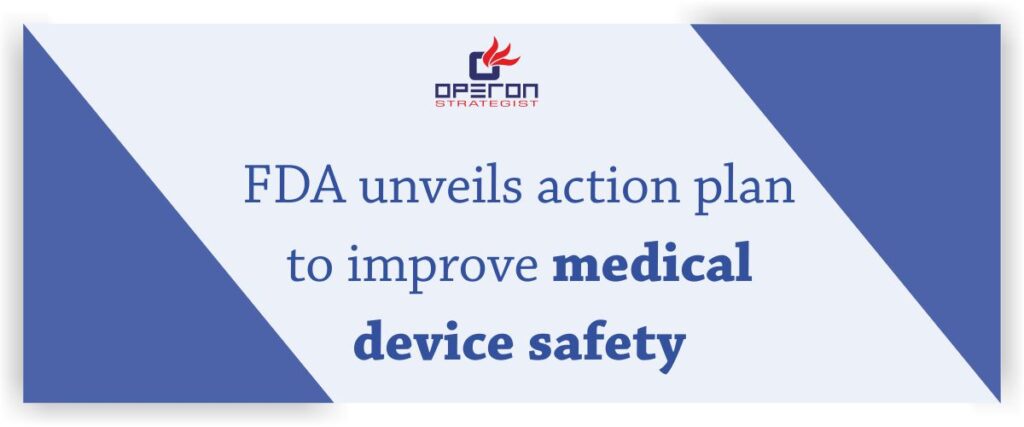FDA Inspections and ISO Audits
As you can see there is a huge difference in inspection and audit, Audit is an independent review and examination of records and activities to assess the adequacy of system controls, to ensure compliance with established policies and operational procedures, and to recommend necessary changes in controls, policies or procedures, it is just to determine the authenticity and validity or to ensure that a process is being followed.
In the same way, inspection makes a difference as it indicates that the regulatory authorities are checking documents, records, facilities and any other resources to verify a certain set of standards. It is the act of examining something, often very close.
FDA conducts an inspection and inspects the Quality System using investigators whereas ISO conducts an audit and registrars conduct audits using auditors. The two are planned and conducted differently and their conduits have different levels of authority. It does matter to know the difference.
ISO 13485:2016 is a voluntary standard for Quality Management Systems of medical device manufacturers and suppliers and is used worldwide for developing and maintaining the system that caters to the needs of the market requirements for medical devices. One of the main reasons that ISO 13485 has been revised is the alignment of the international standard with the common regulatory concepts that have evolved since 2003. ISO 13485 has been affected by the leading medical device regulatory bodies around the world, like the FDA (Food and Drug Administration) in the United States.
The medical device regulatory processes have progressed a lot since 2003. Increased regulatory emphasis on product safety, requirements for risk management in products and processes, and improvement of reporting systems to regulatory bodies led to the revision of ISO 13485 in 2016. As an ISO 13485 medical device consultant we assist manufacturers to set QMS and guide them to comply with the local regulatory requirement for their manufacturing and selling process.
The revision was made to help users to meet common regulatory requirements.
The relationship between ISO 13485:2016 and FDA 21 CFR Part 820
ISO 13485:2016 helps organizations to maintain an effective Quality Management System that addresses the applicable regulatory requirements. The latest ISO 13485 standard also encompasses common regulatory concepts within its requirements. Organizations based on this standard can move towards compliance with FDA 21 Code of Federal Regulation (CFR) Part 820 (Quality System Regulation). Based on their compliance with this regulation, organizations can market medical devices commercially in the U.S. Part 820 defines requirements for the quality system to meet FDA regulations, termed current good manufacturing practices. It is more similar to ISO 13485 as far as requirements are concerned. Other Parts include (for example) Part 810, which deals specifically with the procedure of medical device recall, and Part 830, dealing with unique device identification of medical devices.
As medical device consultant we guide and train manufacturer in implementing effective QMS for their manufacturing unit help them in achieving their goals.
- adminhttps://operonstrategist.com/author/admin-2/
- adminhttps://operonstrategist.com/author/admin-2/
- adminhttps://operonstrategist.com/author/admin-2/
- adminhttps://operonstrategist.com/author/admin-2/




